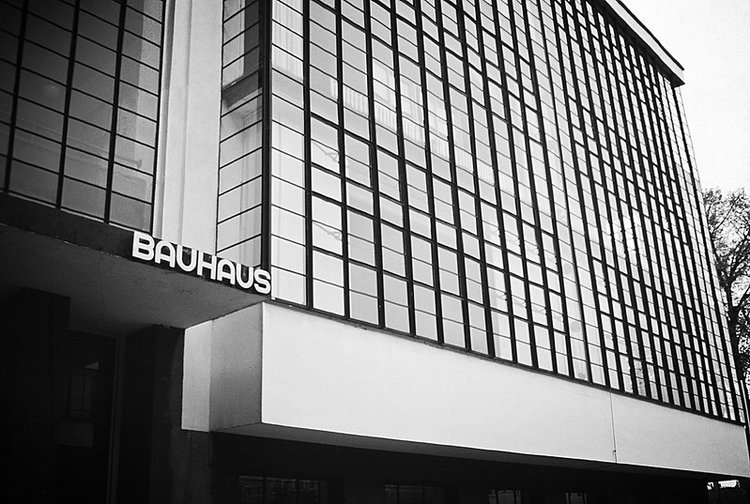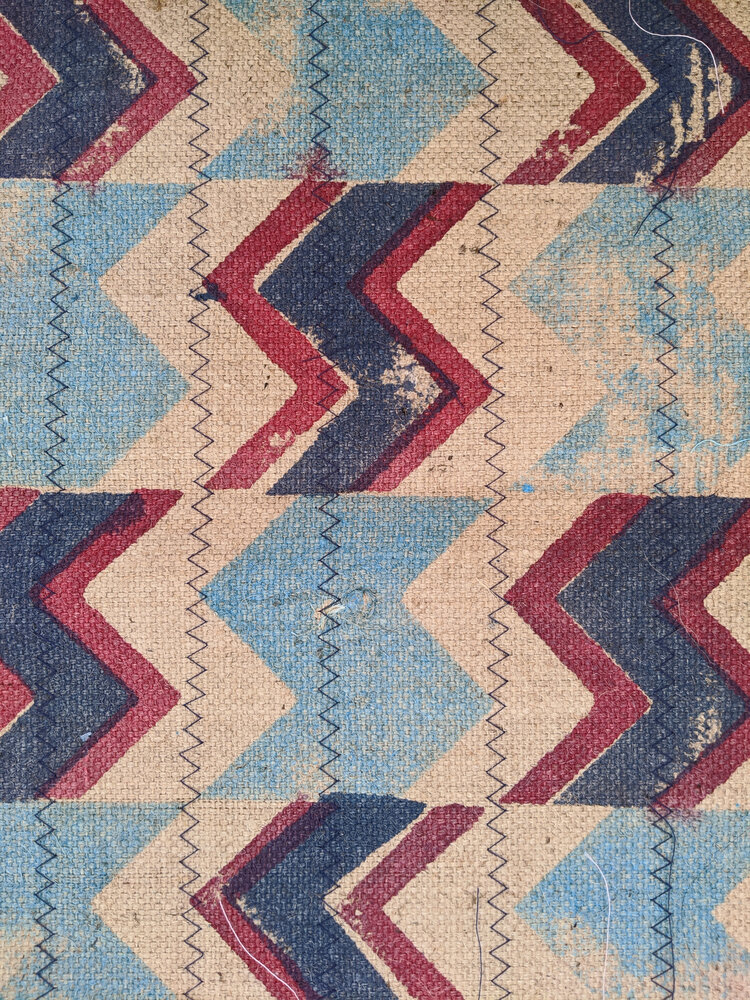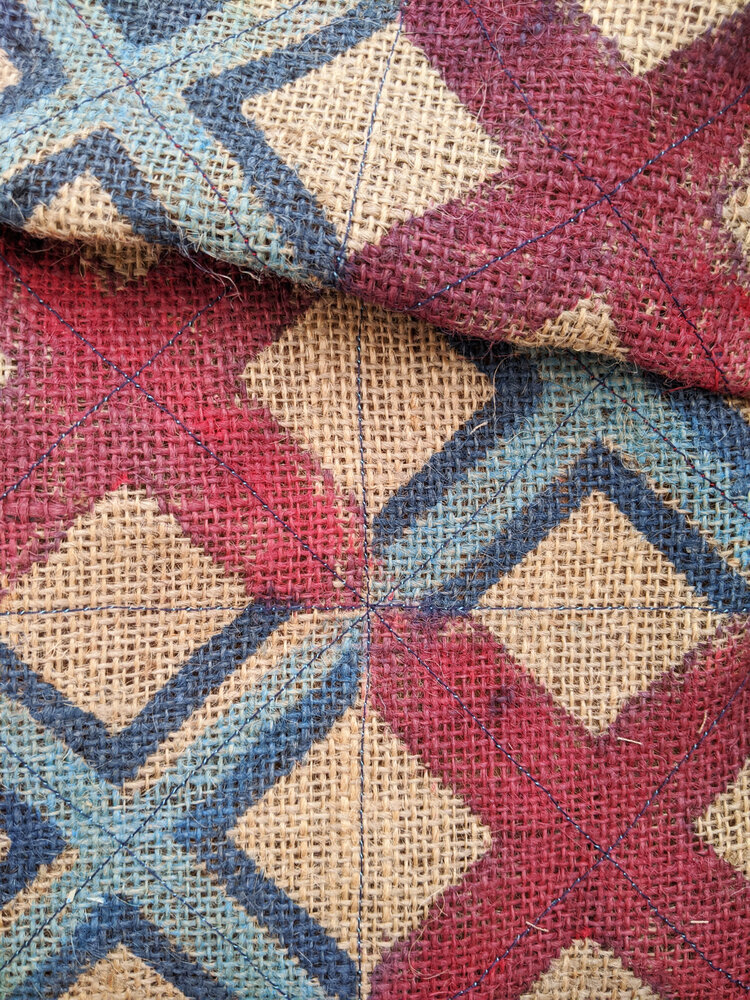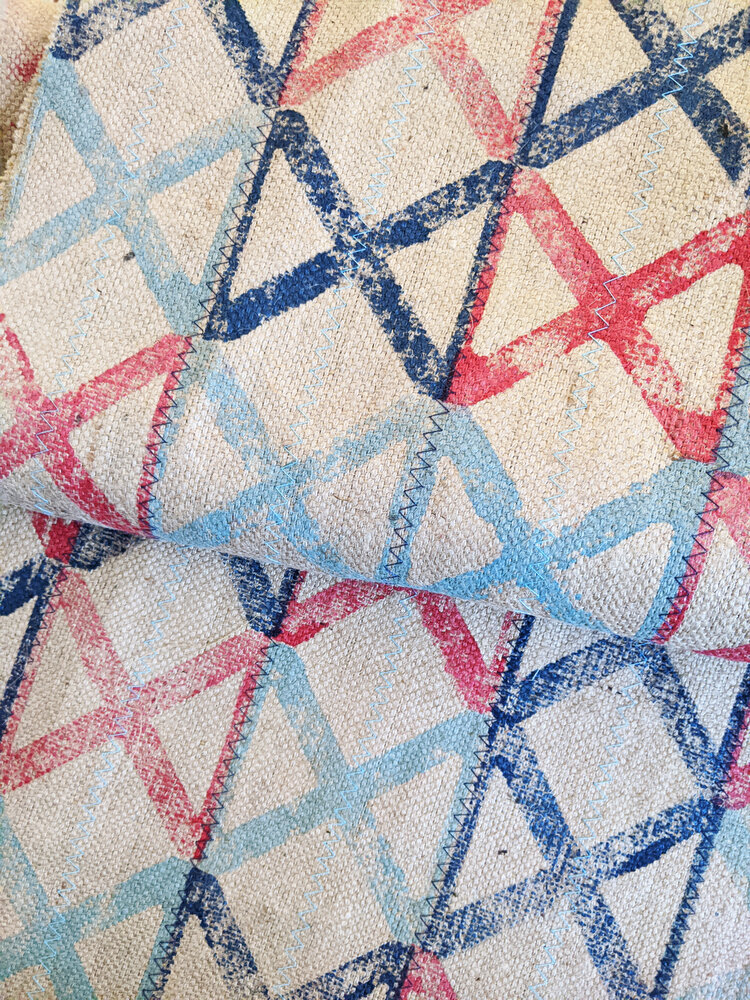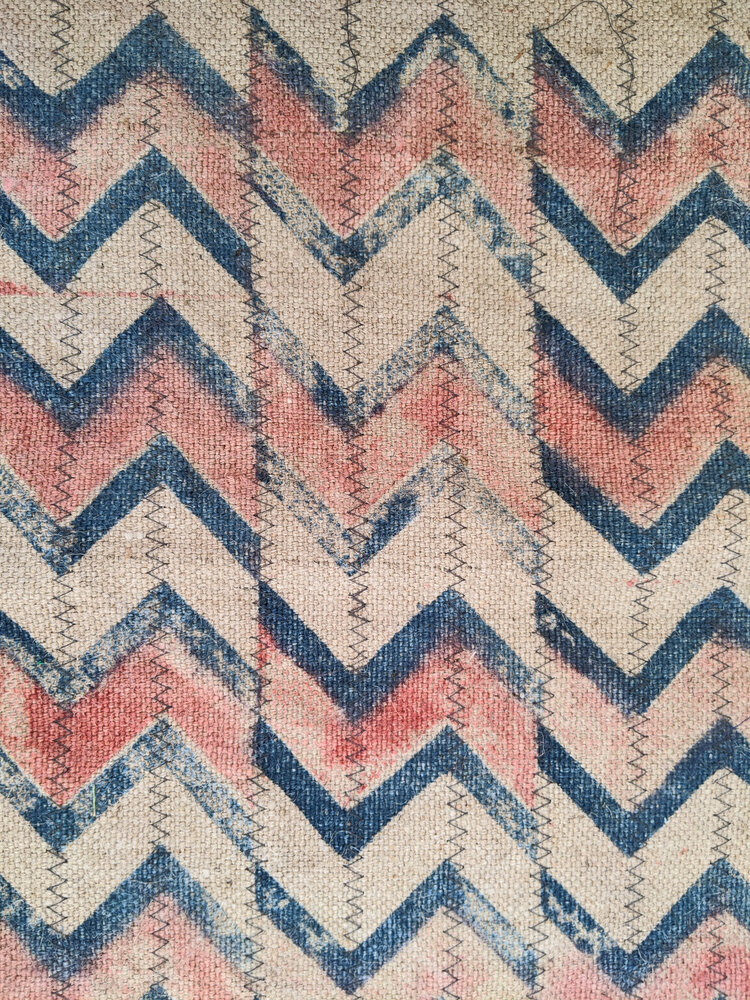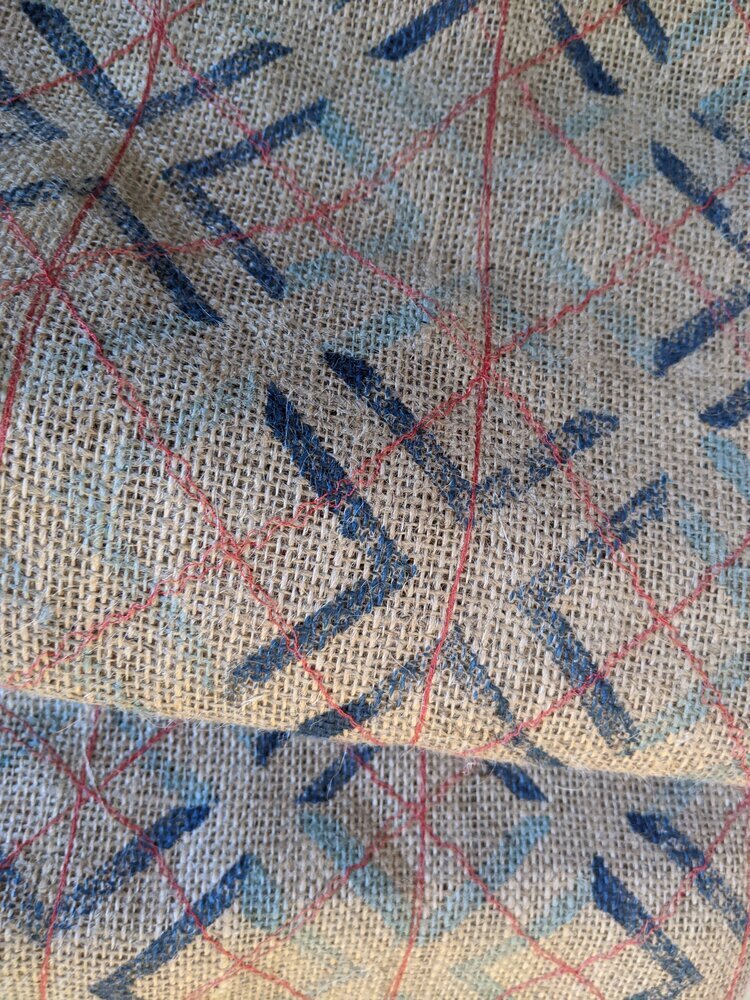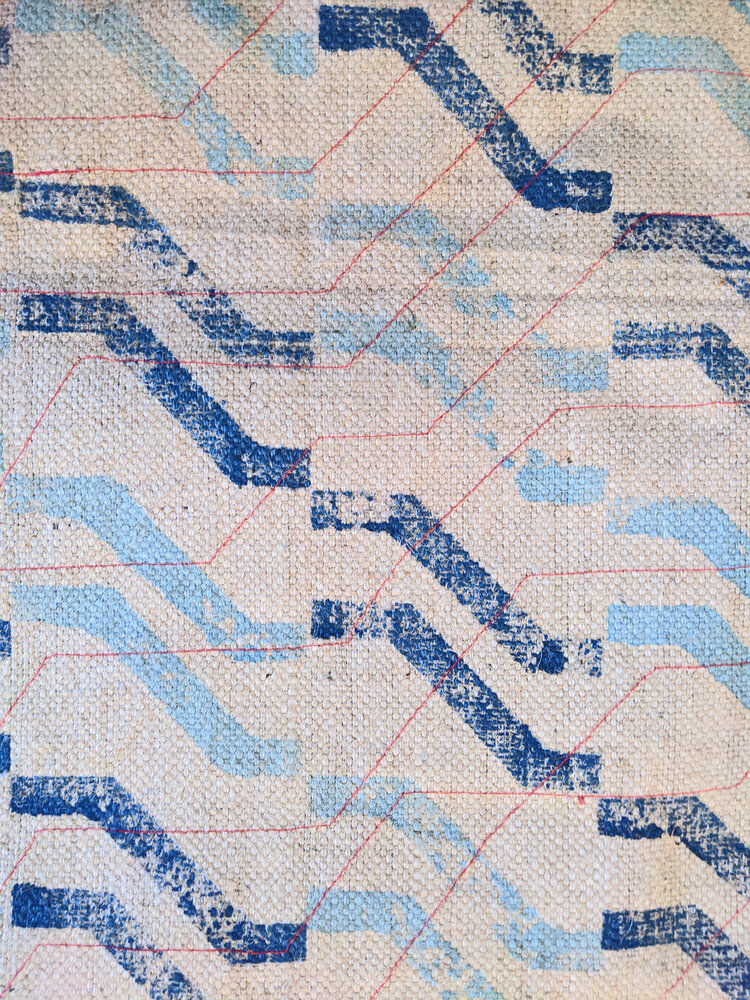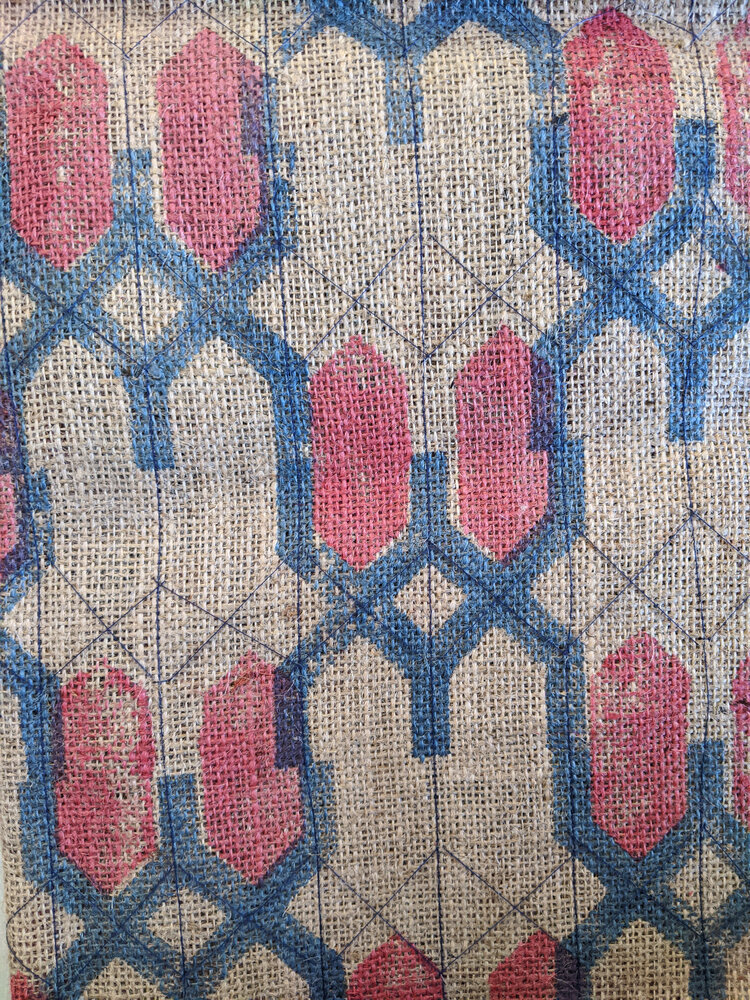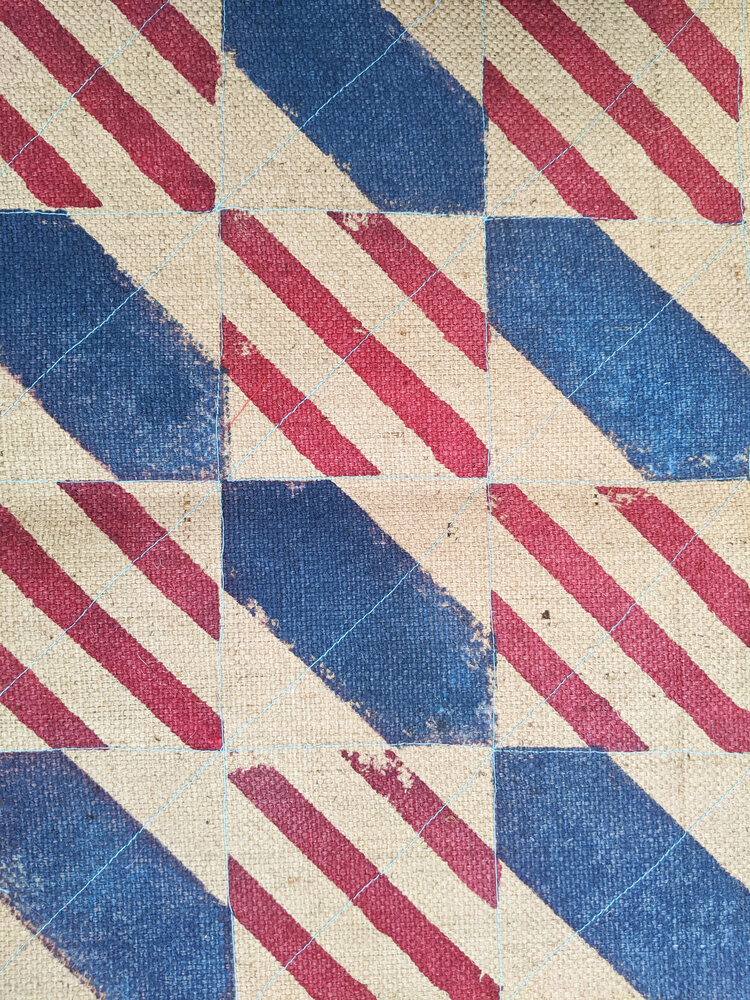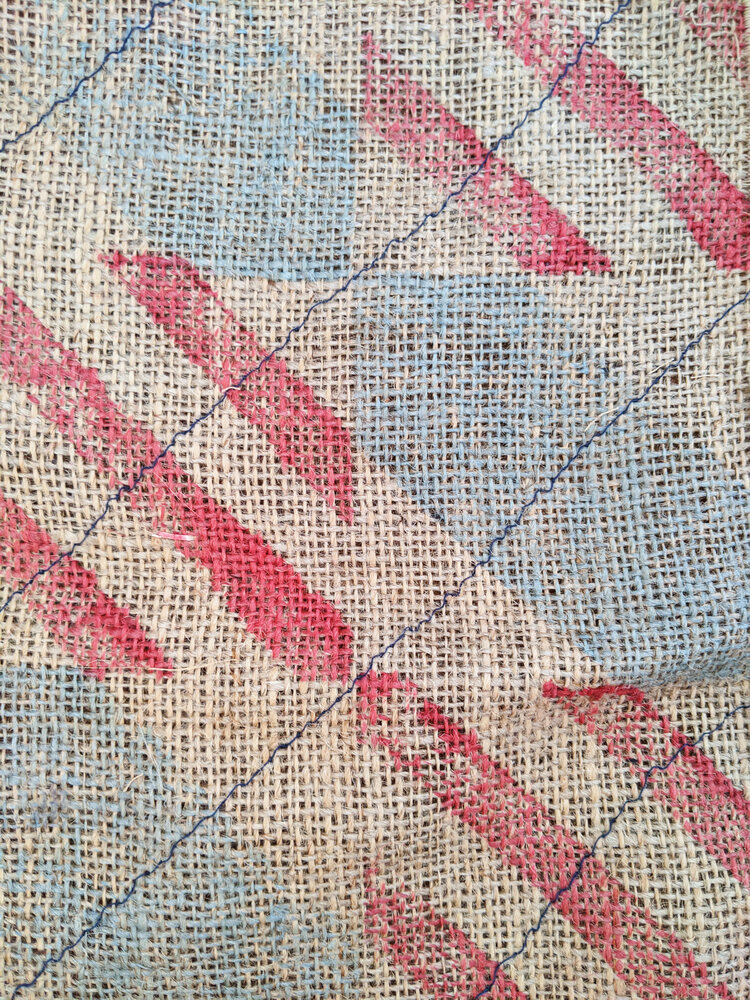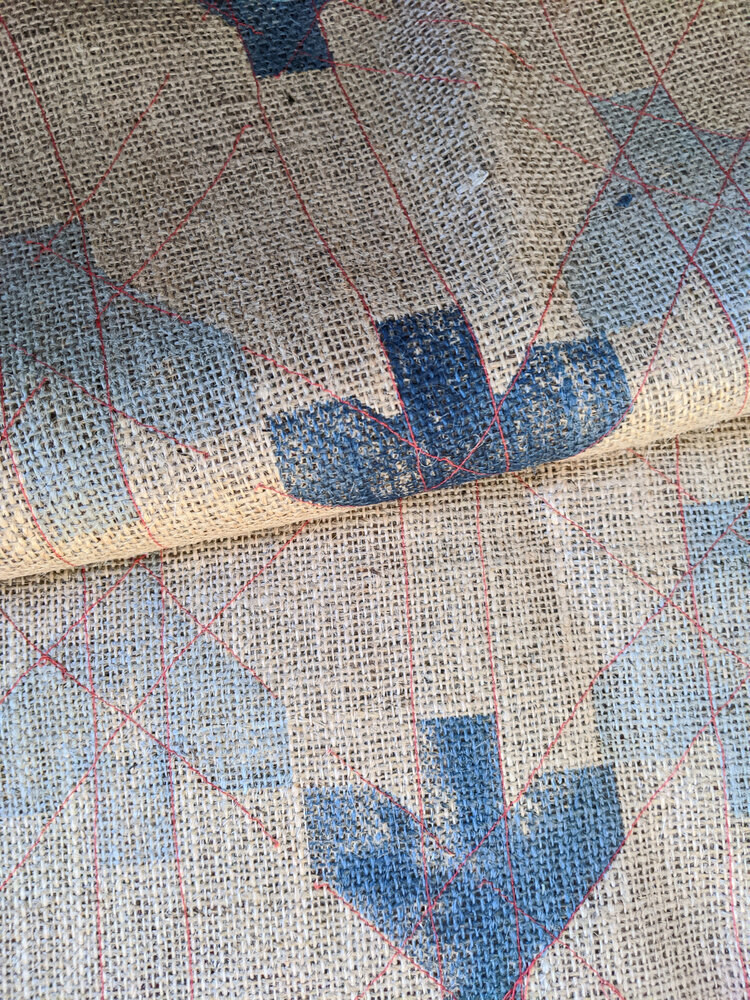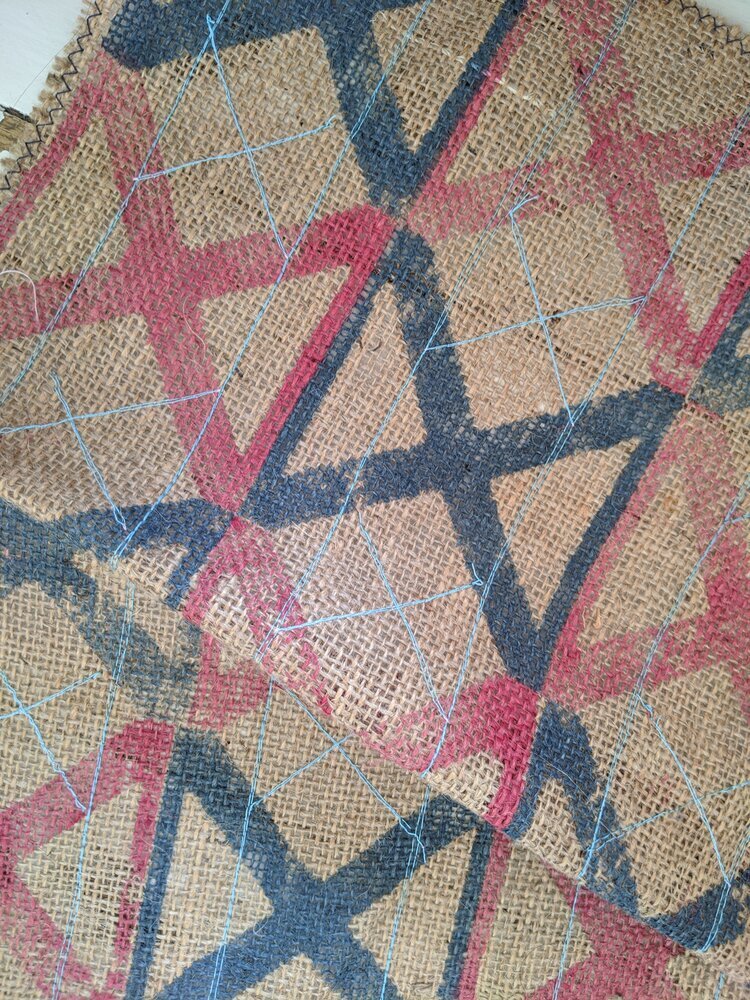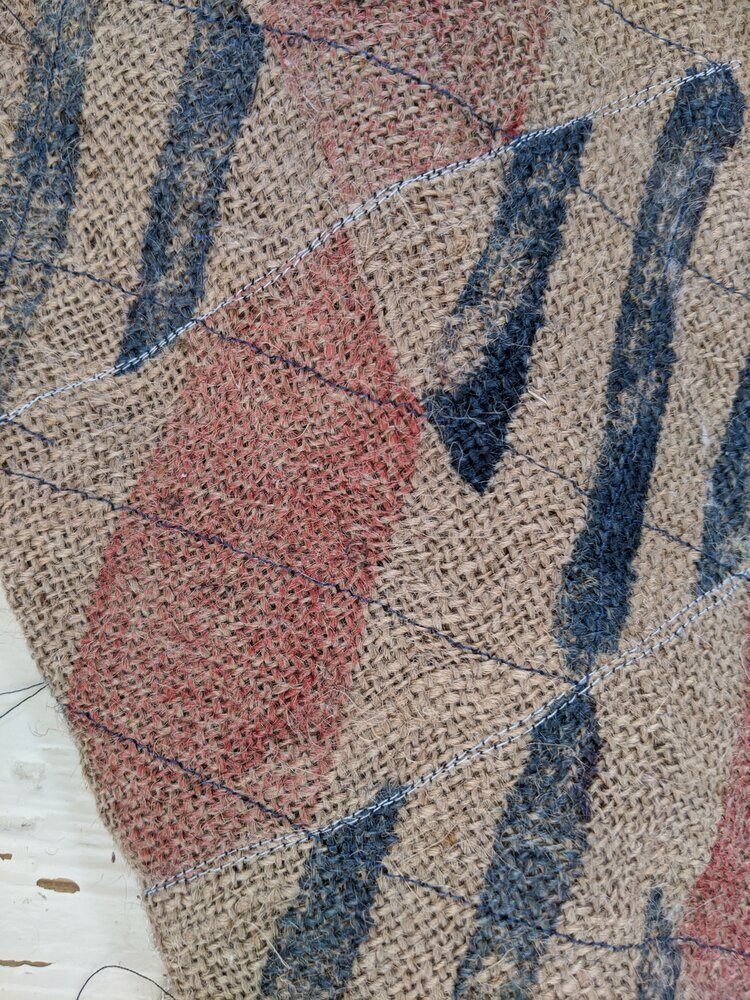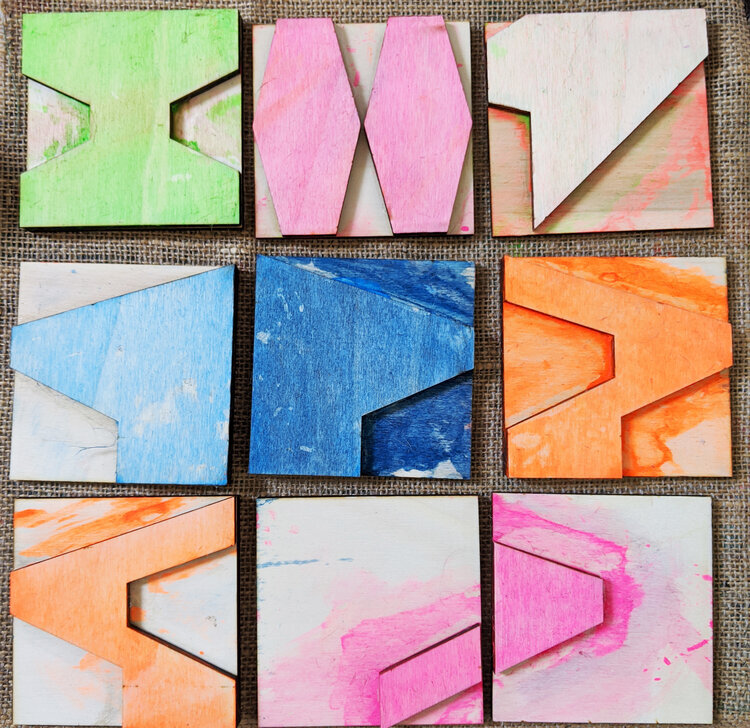a short while after we discussed our love for modular systems, we are talking about grids again. this isn’t just a graphic-designer-turned-textile-person’s obsession — they structure our cities, inform our screens, and quietly underpin almost every page layout and pattern we encounter. but beyond their role in organising space, grids can be a springboard for creativity, allowing designers to build complexity from simplicity. this post explores the grid not as a constraint, but as a tool of liberation — from early modernism to contemporary practice, including how zitozza plays with modularity in its textiles.
The Grid as Modernist Foundation
grids found their spiritual home in early modernist movements. bauhaus, and de stijl artists in particular, like piet mondrian reduced visual language to the essential: horizontals, verticals, primary colours. continuing the idea after the war, the swiss style emerged in the mid-20th century, with designers like josef müller-brockmann using grids to create visual harmony in posters and editorial layouts.
this was design as a rational act — about clarity, neutrality, and structure. the swiss grid system created a framework where typography and imagery could be arranged with precision. it was less about decoration and more about logic, a way to strip back the unnecessary and design a hierarchy of information.
"the bauhaus dessau" by justin barrie kelly / flickr
Le Corbusier: The Grid as Urban Ideal
speaking of the swiss — we love brutalism here, so now is the time to mention le corbusier, one of the most influential figures of architecture in the 20th century. in his seminal work towards a new architecture, 1923), he argues for a new visual order grounded in function, technology, and standardisation.
le corbusier's urban visions, particularly the ville radieuse and the controversial plan voisin, proposed cities built on a grid: modular, repetitive, efficient. these were not just aesthetic gestures but ideological ones, attempts to impose order on the chaos of industrialised life.
the city becomes a machine for living. blocks of buildings aligned on rigid axes, roads intersected at clean right angles (and roundabouts - think about glenrothes!), and light, air, and greenery were prioritised through geometric planning. the social and emotional consequences of these ideas are still felt today, but their influence on modern urban environments is undeniable.
the outskirts of bratislava, by SI Imaging Services / Imazins (source: getty images)
the outskirts of bratislava, by SI Imaging Services / Imazins (source: getty images)
Grids in Graphic and Interface Design
in contemporary graphic design, the legacy of the swiss grid lives on in everything from magazine layouts to responsive web design. grids provide consistency across platforms and allow for flexibility within a rational structure.
this is something i have less experience with but it has translated on from print to digital, and in UI/UX design, it is the grids that make digital interfaces feel coherent and navigable. the hidden scaffolding of columns and gutters supports typographic hierarchies and interactive elements, creating experiences that are intuitive without drawing attention to their structure.
The Balance Between Structure and Creativity
but the grid isn’t just about order. it can also serve as a space for subversion. architects and designers often use grids to set expectations — then disrupt them. breaking the grid, or the grid itself, can both become a statement - think about the iconic tables of superstudio.
in textile design, modularity offers a similar tension. zitozza's approach to block printing starts with fixed elements—repeating tiles, geometric forms — but introduces variation through placement, layering, and colour. a grid may begin the composition, but it rarely contains the outcome. it's not unlike building a city out of toy blocks: rules exist, but imagination ultimately dictates the layout.
Grids as a Living Language
grids, like language, evolve. they provide a shared syntax for designers, architects, and urbanists, but are constantly reinterpreted across time and context. from the pure geometry of modernism to the playful modularity of contemporary practice, the grid remains one of design's most enduring tools.
at zitozza, we embrace this legacy. our new collections explore grids as both framework and provocation. they are starting points, not boundaries.
after all, there is joy in structure. and sometimes, the most surprising creativity begins with a line drawn straight.



